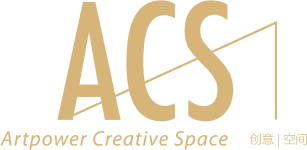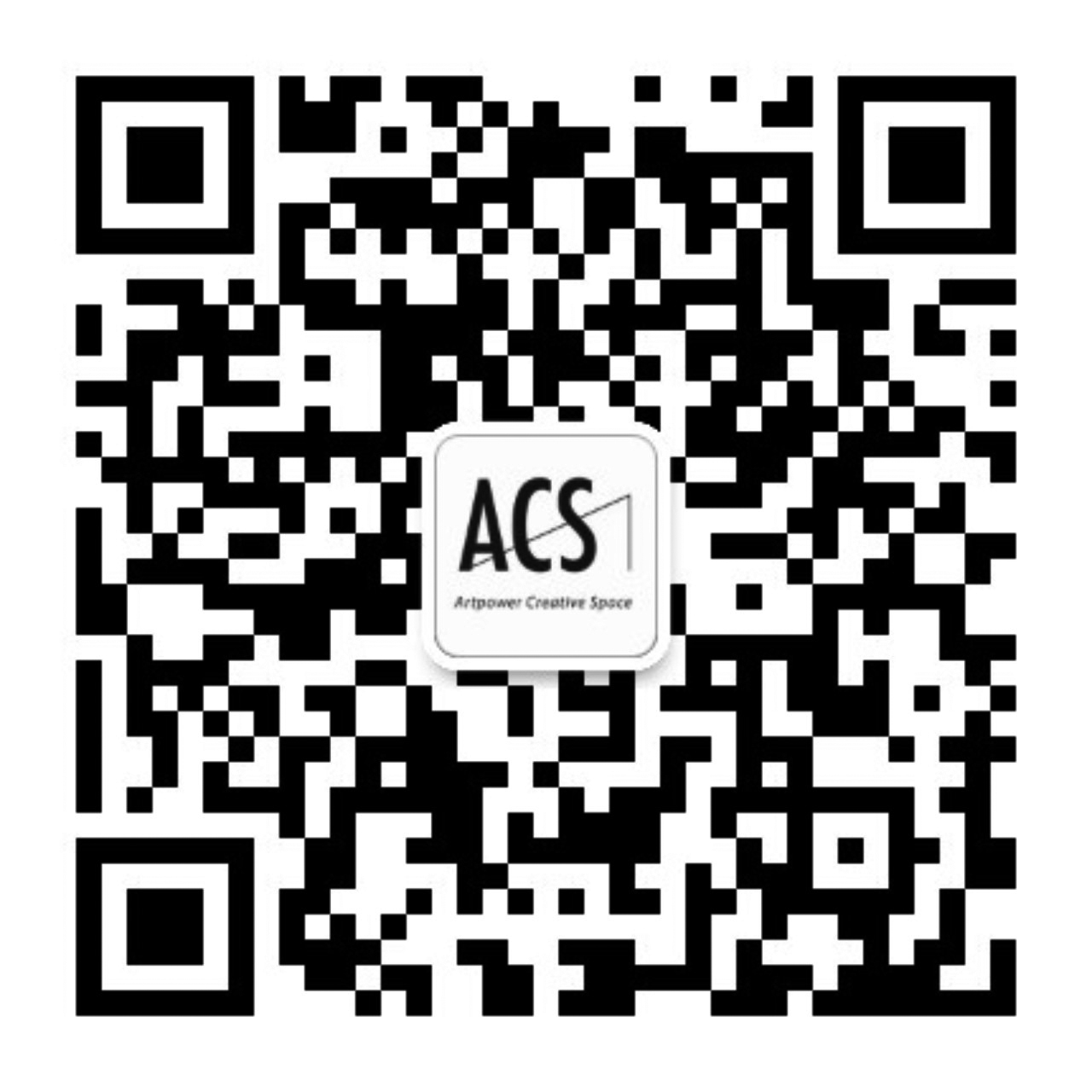My graduating project from Instituto Europeo di Design‘s (IED) Master of Visual Communication I completed a design application to Giardino Orto Botanico di Roma, part of the Università di Sapienza‘s biology department. The botanical garden is a twelve hectare property that was once the gardens of the Vatican.Pope Alexander VII later in 1660 entrusted the university of Rome with the gardens, who developed the garden’s use into an important botanical research and conservation facility whilst being open to the public as museum. The scope of the project was to shepherd the visual communication of the museum out of the current One Size Fits All design of Università di Sapienza, Roma. The ive was to raise the value of the user experience, reduce communication upkeep, and increase ticket sales without shifting the values of the institution (e.g. turn the gardens into a place to host weddings). Given that there were no specified limits I proposed as much as a holistic visual communication design possible, containing a; brand and identity redesign, wayfinding and signage system, and advertising campaign.
To build the logo and brand I referred to the values the staff brought to Orto Botanico. Sandro Bonacquisti, the museum director in particular was the charismatic figurehead, who left you with the impression he was down to earth, intelligent, and quite the green thumb. I matched these de ions to other semiotic symbols, especially visual ones. Down to Earth I matched with a earthy color and texture pallet. Intelligent I matched to rationality thus squares. Green Thumb I associated with botany which I visually reffered to with leaf venations. Combining these elements together I sketched out the Orto Botanico logo which matched well with Helvetica and Glypha.
The logo is a variable logo which can alternate according to the application. For example a communiqué about the flowering bamboo could use the bamboo leaf's venation, Parallel Venation. Having this variability allows the logo to be a center piece rather than a static emblem which can give the user a way to interact with the logo, especially in the case the viewer is a botanical enthusiast - exactly the Orto Botanico's target market. Ensuring the logo's elements (line, stroke, alignment, subject, color, and ) are consistent in each logo substitute helps keep the logo's function as a recognizable symbol to categorise the brand's idea with.
To match the logo with an application structure I limited the project to four materials and textures that would match and promote the brand's values. Limestone concrete, salvaged iron, recycled seed paper, and sustainable plywood - all green, eco-friendly, and responsable material, the lowest environmental impact choice from all the material available in Rome, Italy. Additionally, all information presented on each material is required to follow a set method to maintain brand and aesthetic consistency. Wood and l is to be laser etched, concret to be mold embossed, and any paper must be printed on with soy d inks. The finish, texture, color, and green qualities of these materials match and highlight the brand's identity. The first applications of the brand were in Orto Botanico's gift shop, offering a laser-cut bookmark, book stand, and herb box with the logo as a central element, along with a canvas sling bag. The business card template was set with all the logos and printed on seed paper, a paper which has various seeds ingrained that begin to germinate after being soaked in water.
When building a template for the botanical garden’s publications a design problem came up. The book are published and considered part of the university half of the Orto Botanic, but are on sale at the museum’s gift show who sell to a non academic client . To find a middle ground in identity between Università di Sapienza brand identity and the museum Orto Botanico’s a template was design minimising all brand elements, thus not being too awkwardly different in each context. Using as many neutral graphic design conventions possible such as ample white space, Helvetica, and binary colors.
The user’s journey and pathway was the central feature of the wayfinding and signage design. Rather than building a system that is linear, suggesting a path or being purely informative, the design of Orto Botanico’s wayfinding system was made to be a sort of waypoint system, with nodes pointing to features. This gives the user the control of the path and time spent on the site. Considering 60% of the visitors are non-Roman tourists, the design would be better off cooperating with rather than competing for the user’s time – especially when the colosseum and Vatican are so close by. The system’s pictograms reuses the make up of the logo, being made by the same elements of the design, close enough to be able to replace the nine logo set. The brochure replaces the current ticket, reducing the cost of having both a ticket and welcome brochure printed. Following the business card, the brochure is printed on seed paper with soy d ink. On it is a map with redistributed proportions, evening out the features and waypoints, becoming more intuitive compared to a scale map. To design further for intuitiveness I plotted the signage so that when you stand next to any sign, map or board you will always have another within line of sight. The system was made to accomodate two languages; Italian and English.
The design of the signs, placards, maps, and boards followed the material, texture and color guidelines of the Orto Botanico brand. To reduce costs and keep with the environmental standards all signage is suspended and housed by a design which comes from one set cast iron mold. The iron then can be left to rust, saving maintenance cost while benefiting from an aesthetically pleasing and brand fitting finish. Following with Low Maintenance design, the signs, placards, maps, and boards are made from laser etched and varnished sustainable plywood, ensuring low vulnerability to sun and water damage. To accompany the waypoint system of the wayfinding design, an additional marker sign is used that has the waypoint’s pictogram drilled out of the iron cast. Botanical lables are made of Forex for easy in-house and on-demand printing with templates provided – who’s background image is of the specimen’s bark texture. Standard flags and banner templates are also given for DIY printing. To provide a flexible and attractive temporary and minor signage for the gardener’s to use I design a set of typographic iron blocks, laser cut to Helvetica at an A5 size. This way the gardener’s can set whatever message they needed impromptu in a sign that is appealing and fitting without resulting to hand drawn signage or Comic-Sans set printouts.
To provide a complete visual communication system, a advertising campaign was proposed. Using the market research done by the Orto Botanico I deduced that if any advertising campaign shown to Roman’s was to be done, it could not be allowed to pitch the same line the Orto Botanico pitches to tourists. Asking the current Roman visitors at the gardens why they come I discovered it is not cultural value or the botanical features that primarily attracts them but that the garden is a serene and intelligent retreat from city life, especially that the museum is conviently located in the center of Rome on the Janiculum hills. Considering what the visitors told me, I made the headline “Where Time Slows Down to the Pace of Plant Life” and though of media and locations that would suit the copy idea. Knowing that traffic is bad in the center of Rome and that the bus number 40 intersects all the target market’s associated residencial areas I designed a vinyl sticky for the back of any ATAC bus which would be in full view of anyone stuck behind it in traffic. Still in line with public transport and city chaos, the metro-line of Rome is deep underground and have escalators that take a lot of time to ride through on. On these escalators I designed guerilla campaign made of cut outs set at rising intervals of the stair case. With each successive cutout a Platina tree (the garden’s mascot) is shown to grown from a seed to multi-centenarian size, with each stage of the tree’s life is compared to a historical event of the same age and time, illustrating the progress of human time compared to that of a plant’s.
With the help of WordPress and WPshower, I put together a site for the botanical garden that would compliment the current university dependant site. Also considering the limited energy and resources the botanical staff have to give to updating the site, I set up WordPress so that all social media can be managed from WordPress’ dashboard. This way all entries can be pre-made before publishing dates, ideally all made on one day, saving the most amount of time. All social media and comment interaction can be replied to by E-mail, whom all staff already have an accepted and sustainable culture of using. This allows Orto Botanico to keep with in touch with users and have more information available online compared to their previous web solutions.
Project was commissioned by Università di Sapienza with prof. Carlo Blassi and prof. Sandro Bonacquisti, to Insitituto Europeo di Design (IED) Roma with Marco Pietrosante and Alberto Iacovoni, overseen by Monika Kobiakov and Gillian Candidi, designed by Lucas Leo Catalano. All laser engraving and cutting by Tre Tigri.

